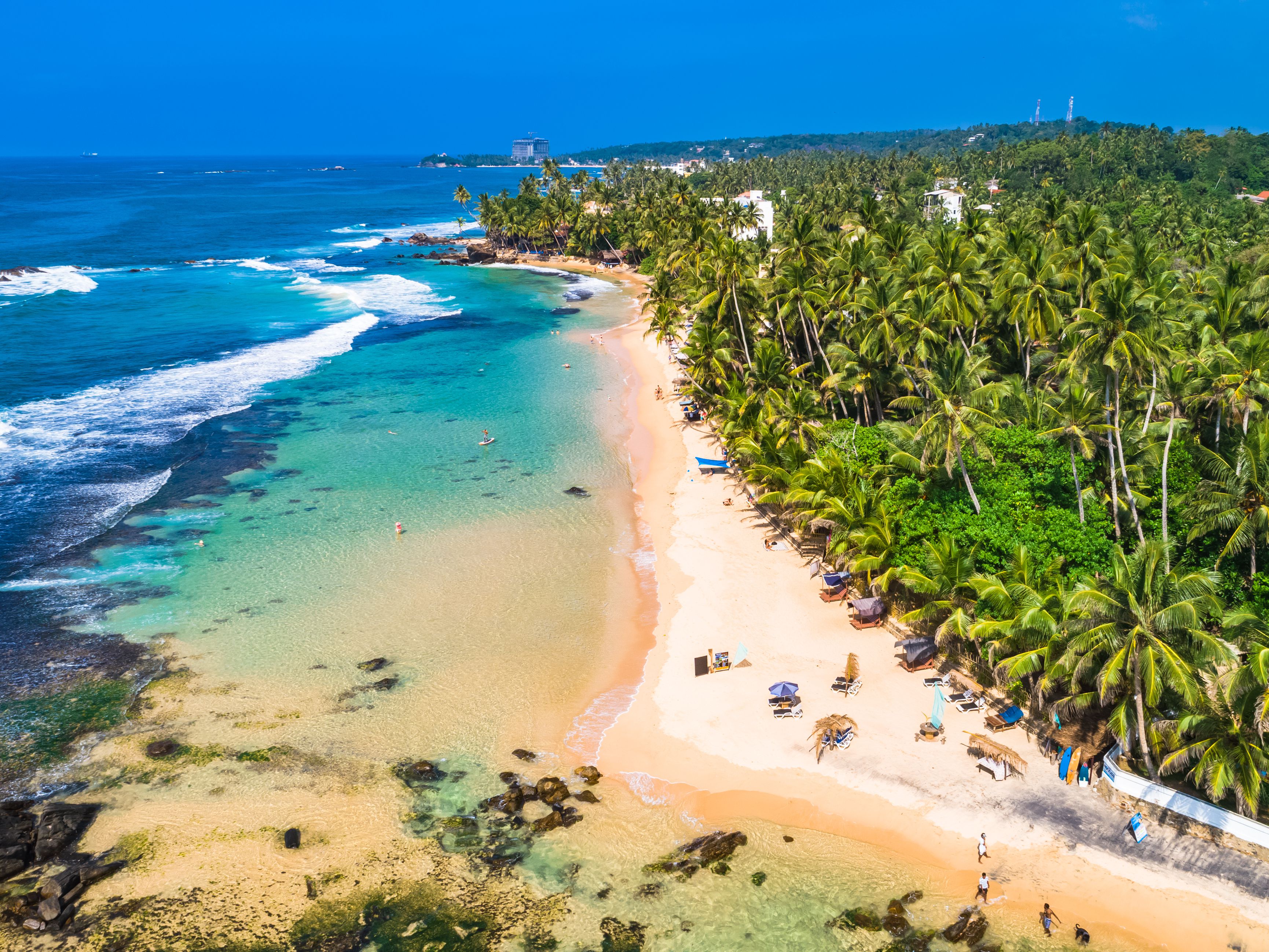
SRI LANKA FACTS, the Land of Serendipity
Beyond its ancient ruins, beautiful beaches, and amazing wildlife, the island nation has many other stories to uncover.
- Sri Lanka is nicknamed Pearl of the Indian Ocean and teardrop of India.
- Sri Lanka gave “serendipity” to the English language.
- The Sri Lankan national flag is one of the oldest in the world known as Lion Flag, dating back to 162 BC.
- Sri Lanka has 8 Sites inscribed in the UNESCO World Heritage.
These include 6 cultural Cities and 2 natural sites:
(1) Polonnaruwa city; (2) Sigiriya city; (3) Dambulla Golden Temple; (4) Galle old town and its fortifications;
(5) Anuradhapura city; (6) Kandy city;
The natural sites include: (7) Sinharaja Forest Reserve; (8) Sri Lanka Central Highlands.
- Sri Lanka was the first country in the world to democratically elect a woman as the head of government.
- Sri Lanka is home to the oldest tree ever to be planted by a human: Sri Maha Bodhi was planted in 288 BC, which makes it more than 2300 years old.
- Sri Lanka covers an area of 25,332 mi². Its wildlife is incredibly diverse, home to: 123 species of mammals (such as elephants, leopards, and crocodiles), 227 species of birds, 178 species of reptiles, 122 species of amphibians, and many other animal species.
- The national sport isn’t cricket but volleyball.
- Sri Lanka is totally about tea. It was formerly known as Ceylon, a name synonymous with tea: it is the largest exporter of tea in the world, and grow black, green and white
- There’s more than hundreds waterfalls in Sri Lanka. The majority of its electricity is supplied through hydropower plants that tap into the immense energy of these falls.
- Cinnamon originated in Sri Lanka, and found by the Egyptians in 2000 BC. Today, Sri Lanka is still a leading exporter of the world’s cinnamon.
- A sacred tooth relic of Lord Buddha, brought from India in the 4th century CE, is still preserved in the Temple of the Tooth in Kandy.
- Nuwara Eliya, a British-built town located in the hill country, is known for its temperate, cool climate. It used to be the favorite holiday retreat for the British elite.
- Adam’s Peak is the most sacred mountain in the country; it has been a mecca for people of various beliefs in Sri Lanka for over a thousand years.
- It has the highest literacy rate in South Asia (92%).
- Rice and curry is the staple dish in Sri Lanka. It’s often eaten from a banana leaf and with the hands (no cutlery). Rice is the main ingredient of Sri Lankan cuisine.
- It is common for restaurants, cafes, and bars to be named as hotels.
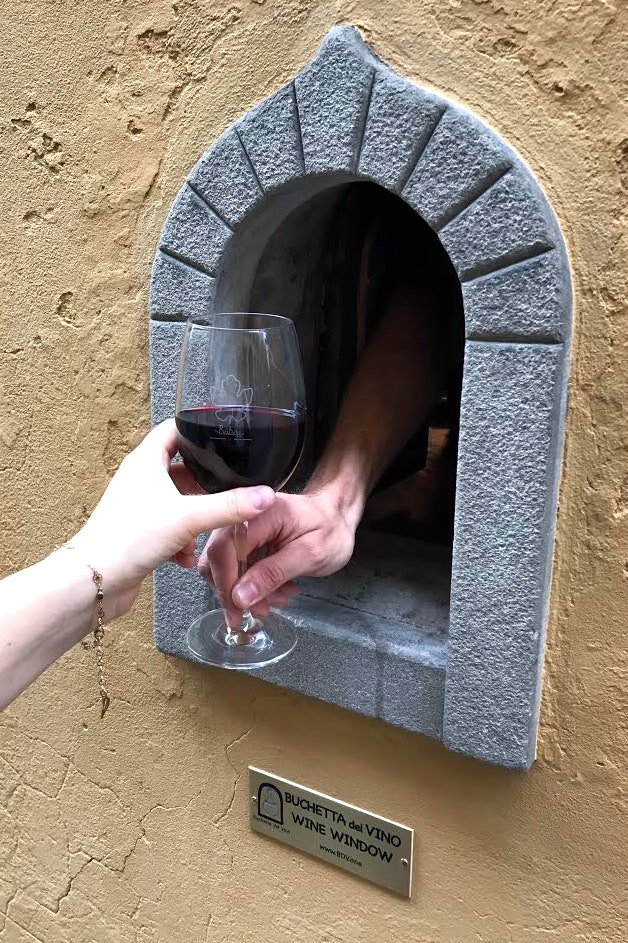
Florence, Historical Fun Fact
FLORENCE NEWEST OUTDOOR DRINKING TREND
AND IS ALSO ITS OLDEST
In Renaissance-era Florence, small windows “buchette” were notched into the side of a building, carved into the outer walls of villas and palaces, and worked as wine bars. Le Buchette were stationed at elbow’s height, framed with stone, and shaped like a tabernacle. When dusk hits, Florentines would knock on the wooden shutter and throw coins, now Euros, and the Chianti would flow…
Now, a handful of people are changing Florence’s Newest Outdoor Drinking Trend (also its oldest).
“We need to help the Florentines regain possession of something that belongs to them,” says Matteo Faglia, the president of the 5-year-old Buchette del Vino cultural association. Faglia and his two cofounders are on a self-funded mission to preserve the legacy and locations of these buchette.
They have spent the last few years identifying buchette and documented 181 in the city; restored them; and mounted shiny plaques under each.
The owners of Babae, an osteria down a flagstone alley in the Oltrarno quarter, reopened the buchette in their exterior wall and restored its functionality. Now, you can walk up to the brightly painted wooden shutter on Via Santo Spirito, ring the bell outside, and the tiny door will open to you. Throw down a few Euro for a white or a red wine, and a glass will be handed to you.
The window is open from: 09 am till 02pm, and from 05pm till 08pm.
To keep track of the up-to-date map of every restored wine window, consult Buchette del Vino’s website (https://buchettedelvino.org/home%20eng/index.html).
Link: https://www.cntraveler.com/story/florences-newest-outdoor-drinking-trend-is-also-its-oldest
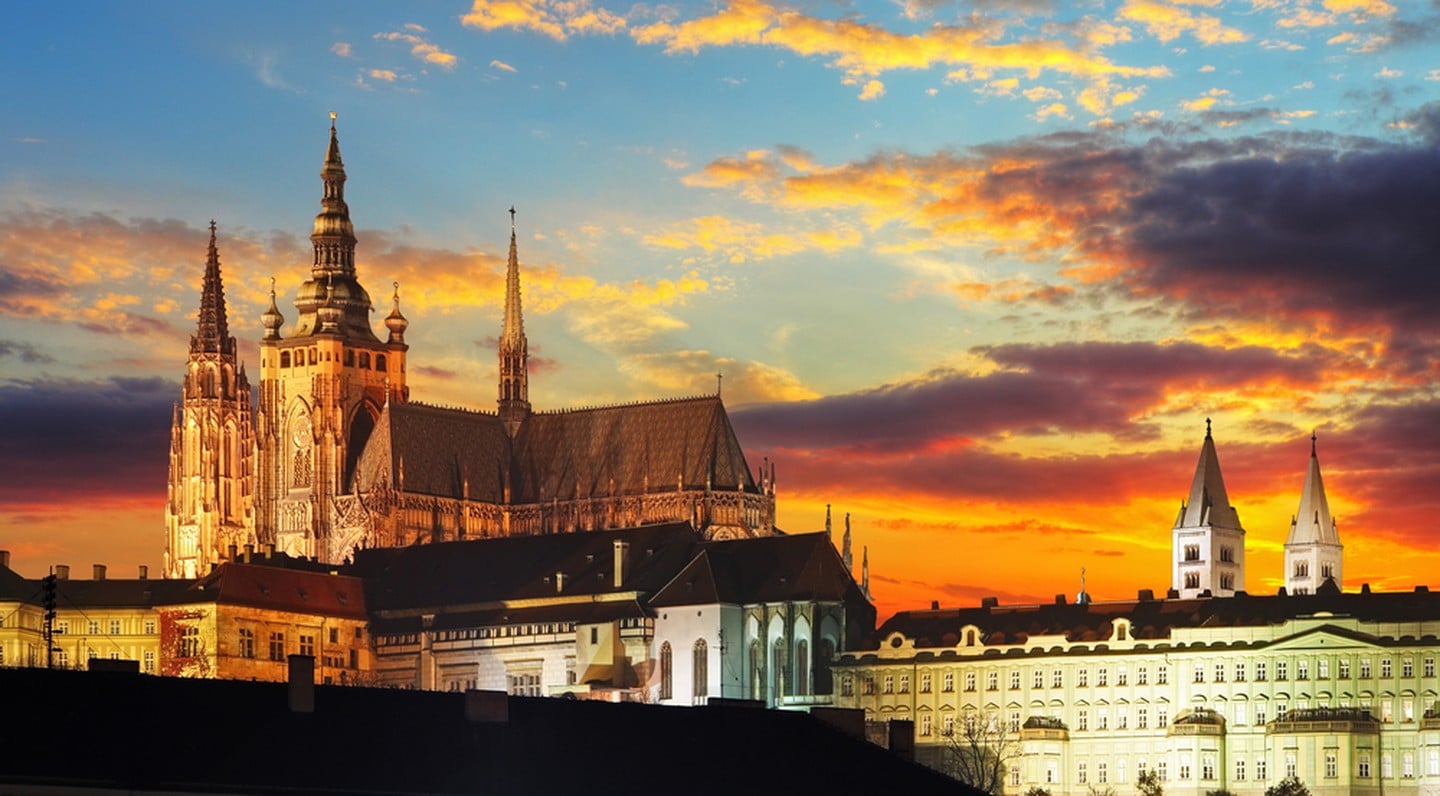
Bohemian Prague Legends & Fun Facts
In the heart of Europe lies a city shaped by emperors, authors and artists. With its gothic exuberance, 19th-century opulence and 20th-century modernism, Prague truly is a city like no other. From graffiti walls to shocking beer facts, here are the legends and facts you never knew about this glorious European capital.
- Prague Castle is the largest in the world. The 130-metre wide medieval castle, 70,000m2 land is listed in the Guinness Book of World Records. Prague Castle spans an impressive 18 acres and is home to stunning cathedrals, chapels, royal palaces and gorgeous ornamental gardens.
- The Rolling Stones liked the Prague Castle so much that $32,000 later, their stage light technician created the lighting of the castle, still in use today.
- Charles Bridge, connects the city’s Old Town to Mala Strana over the Vltava River, was built in the 1300s. It is said to be haunted by ghosts whose heads ended up on nearby spikes.
- The Charles Bridge has some rather mathematical significance. Former Czech king Charles IV laid the first stone of the bridge at precisely 5.31am on July 9, 1357. The king was so into astrology and numerology that he chose this date because of its written form: 1-3-5-7-9-7-5-3-1.
- Charles Square was once the largest town square in the whole of medieval Europe.
- Vltava River is the longest in the Czech Republic.
- Astronomical Clock Tower: an exact replica of the Astronomical Clock can be seen in the Hongdae district of Seoul in South Korea!
- Every hour the Prague Astronomical Clock strikes: a whole procession sets off including the 12 Apostles and Death and finishing off with a golden rooster crowing. The clock gives accurate information about: Day of the Year, Zodiac Signs, and Medieval Perception of the Universe with the Earth in its center.
- Prague Is Home to the World’s Second Ugliest Building: Zizkov Tower building, tall and grey structure. It has statues of climbing babies on it. Czech artist David Cerny was said to disrupt Prague’s medieval skyline.
- The Petrin Lookout Tower stands atop Petrin Hill – climb the 299 stairs and admire the best views. Called TV Tower, it has a one-room hotel with an amazing view over Prague from 70 m.
- The narrowest street in Prague (Vinarna Certovka) is barely 50 cm wide and has its own traffic light, which prevents pedestrians from meeting in the middle. (Mala Strana, Hlavni Mesto, Praha)
- The city’s famous Dancing House was inspired by Fred Astaire and Ginger Rogers. Designed in collaboration with Canadian-American Frank Gehry and Croatian-Czech Vlado Milunić, the building symbolizes yin and yang.
- Beer Spa: you can BATHE IN BEER and drink unlimited amounts! Apparently the high oil content in the beer helps open pores, gives a glowing appearance, improves immunity, stimulates metabolism and eases stress.
- Locals drink more beer per capita than any other nation in the world (Pilsner). Each Pragueite consumes roughly 155 liters of beer a year!
- The sculpture of the hanging man depicts the Austrian neurologist Sigmund Freud and can be found in the Prague Old Town.
- There is a graffiti wall devoted to John Lennon. Since 1980, it’s been repainted numerous times and is laced in graffiti lyrics from Lennon and The Beatles…
- Karlovy Lázně Night Club in the city centre, is central Europe’s largest club
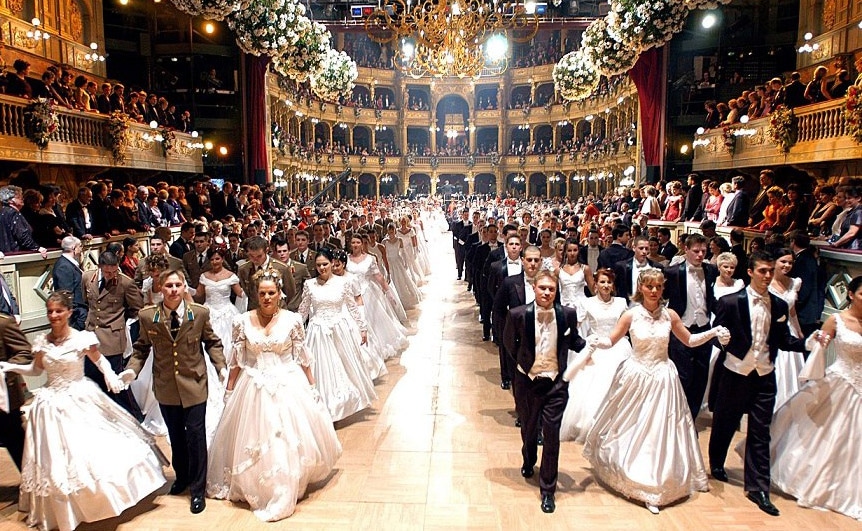
Baroque streetscapes and imperial palaces set the stage for Vienna’s artistic and musical masterpieces alongside its coffee-house culture and vibrant epicurean and design scenes.
“Vienna’s imperial grandeur is the legacy of the powerful Habsburg monarchy. Their home for more than six centuries, the Hofburg palace complex, incorporates the Burgkapelle (Imperial Chapel), where the Vienna Boys’ Choir sings Sunday Mass, and the famed Spanish Riding School, where Lipizzaner stallions perform elegant equine ballet, along with a trove of museums, including in the chandeliered Kaiserappartements (Imperial Apartments). Other immense palaces include the baroque Schloss Belvedere and the Habsburgs’ 1441-room summer residence, Schönbrunn, while 19th-century splendours such as the neo-Gothic Rathaus (City Hall) line the magnificent Ringstrasse encircling the Innere Stadt (inner city)”.
In the Museums Quartier district, historic and contemporary buildings display works by Egon Schiele, Gustav Klimt and other artists.
Austria’s Imperial capital offers a unique blend of imperial traditions and stunning modern architecture. It is famous for its cultural events, imperial sights, coffee houses, cozy wine taverns, and the very special Viennese charm.
- Wine Capital (1,700 acres of vineyards, 320 vintners e.g. Grüner Veltliner, Rheinriesling and Weißburgunder). 640 wine framers in Vienna produce 2.5 million liters wine every year. Grapes were cultivated in Vienna as early as 1132 A.D. The Heurigen (wine taverns) scene was made possible through an imperial edict, which allowed growers to serve food with their wine.
- Viennese heuriger culture (wine taverns) has also been considered an intangible cultural heritage by UNESCO.
- City of Music, or the World’s Capital of Music, as more famous composers have lived here than in any other city in the world (Wolfgang Amadeus Mozart, Ludwig van Beethoven, Joseph Haydn, Franz Schubert, Johann Straus and Johannes Brahms are just a few who called Vienna home). While in Vienna, you can visit the former apartments of many of these famous musicians, which have been turned into museums. And don’t miss The House of Music. Here you can “discover the fascinating world of sound and Viennese music in an interactive, playful way”.
- City of Dreams: Sigmund Freud, the father of psychoanalysis, lived and worked for nearly 50 years.
- Tiergarten Schönbrunn or the Vienna Zoo, built in the Palace’s gardens in 1752, is considered the world’s most beautiful zoo and boasts over 700 different animal species. And it is said to be the oldest zoological garden in the world.
- Vienna is divided into 23 districts. The city center in Vienna is a World Heritage Site.
- The Austrian flag is one of the oldest national flags in the world.
- Austrian Croissants: The famous French croissant has Viennese origin, the Austrian kipferl (i.e. crescent in German). Bakers in Vienna made kipferl to commemorate Austria’s victory over the Ottoman Turks. The shape is based on the crescents seen on the uniform of the enemy. It is in 1770, when Maria Antoinette of Austria who married King Louis XVI of France, introduced her favorite pastry to France.
- The Wiener Riesenrad is the oldest still operating ferris wheel in the world.
- Vienna’s Central Cemetery (Zentralfriedhof) has over 2.5 million tombs (more than the city’s live population), including those of Beethoven, Brahms, Gluck, Schubert, Schoenberg and Strauss.
- The Sacher Torte was made by Franz Sacher, when the chef of the court of Prince Metternich fallen ill – just on when the prince ordered a new dessert. So the 16-year-old trainee, Franz Sacher, created a new dish. Hence, on that day in 1832, the Sacher Torte was born.
- The candy Pez, was invented in Vienna in 1927. Pez is the abbreviation of the German word “pfefferminz” or peppermint. The dispenser design looked like a lighter. Smoking was prohibited, so the Pez slogan was “No Smoking – PEZing Allowed.”
- The snow globe was also invented in Vienna, in 1900. The inventor, Erwin Perzy and his brother, are still making traditional snow globes, all hand painted and manually assembled.
- Vienna has been voted the world’s most livable city for the last 7 years in a row.
- Like Berlin, Vienna was also divided into four parts after WWII.
- More than 300 Balls are held annually in Vienna (Covid-era excluded)
- Viennese coffee culture is part of UNESCO intangible Cultural Heritage. (Café Prückel, has more than 100 years under its belt; Kaffee Alt Wien; Café Central housed inside Palais Ferstel; Café Diglas welcomed Emperor Franz Joseph I as his very first guest; Café Schwarzenberg; Cafe Museum; …)
- Vienna sits on the border of 2 climate zones: the European transitional climate and the dry Pannonian zone.
- Vienna the eco-friendly city: In 2014, Vienna adopted a ‘Smart City’ policy, which aims to have 50% of the city’s energy consumption come from renewable sources; and must limit the overall carbon emissions by 2050.
| VIENNA: SOME SITES TO SEE | ||||
| Schönbrunn Palace
and Tiergarten Schönbrunn |
St. Peter’s Catholic Church | Albertina Museum | MuseumsQuartier | Stephansplatz |
| The Hofburg | Rathaus | Leopold Museum | Vienna State Opera | Maria-Theresien-Platz |
| Imperial Treasury Vienna (Hofburg Palace) | Viennese Giant Ferris Wheel | Kunsthistorisches Museum Wien | Seegrotte | Karlsplatz |
| Belvedere Palace | Prater
|
Museum of Natural History Vienna | Column of Pest (Column of The Trinity) | Heldenplatz |
| St. Stephen’s Cathedral | Spanish Riding School | Sigmund Freud Museum | Historic Centre of Vienna | Rathausplatz |
| Karlskirche | Austrian National Library | Austrian Parliament Building | Castle Liechtenstein | Mariahilferstrasse |
| Church of St. Charles Borromeo (Imperial Court Palace) | Neue Berg | Salzburg (317Km, 3H25)
|
Danube Valley
|
Ringstrasse |
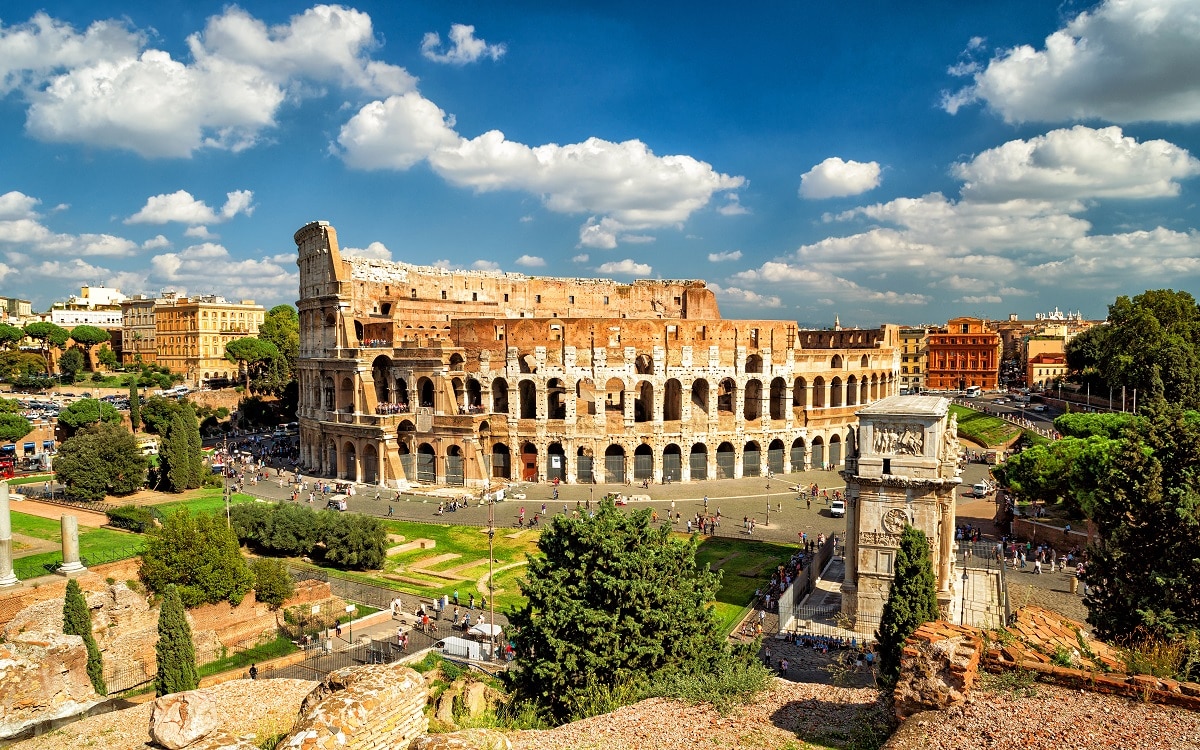
Here are some amazing and interesting Facts on ROME.
- Rome was founded in 735 BC by Romulus.
- Modern Rome has 280 Fountains and more than 900 Churches.
- Rome became the capital city of unified Italy in 1870, taking the title from Florence.
- Rome is known as the “Caput Mundi” or “Capital of the World”.
- Rome is also known as the “Eternal City”.
- The Vatican City is the smallest generally recognised sovereign state in the world; With an area of just 0.44km2. The papal state has been formally recognised as a sovereign state since 1929.
- Saint Peter’s basilica – inside the Vatican City – is the largest church ever constructed.
- There is a secret passage that’s leading from Vatican City to Castel Sant’Angelo.
- The Ancient city of Rome is about 30 feet (9-meter) below the modern street level.
- The Colosseum of Rome is one of the Seven Wonders of the World.
- The symbol SPQR, which is found all over the city of Rome, stands for “Senatus Populusque Romanus” i.e. “The senate and the people of Rome”.
- Rome is older than Italy. Founded around 53 B.C. making it 2,500 years older than Italy.
- Italy did not become a unified nation until late in the 19th
- The Spanish Steps are not Spanish at all. The famous outdoor steps were funded by the French diplomat, Etienne Gueffier; and designed by Italian architects Francesco de Sanctis and Alessandro Specchi. Steps are called Spanish after the Spanish Embassy’s location.
- Rome’s first university, “La Sapienza”, was established in 1303 AD. It is the largest in Europe and the 2nd largest in the world.
- Nearly 700,000 Euros worth of coins are tossed into Rome’s Trevi Fountain each year. The proceeds are donated to Caritas to help those in need.
- Romans had built a road network of 53,000 miles by the early 4th Each Roman mile was about 4,800 feet and marked by a milestone, giving birth to the saying “All roads lead to Rome.”
- The word “Palace” comes from the Palatine Hill, where Augustus initiated the tradition for Emperors’ to build their palaces.
- The mascot of Rome is a she-wolf that cared for brothers Romulus and Remus, Rome mythological Founders.
- Cats, by law, are free to roam in Rome.
- The Emperor Trajan built, around 107 and 110 AD, the first shopping mall in Rome. It had multiple levels, over 150 outlets.
- Rome has a museum dedicated entirely to pasta.
- Roman Gladiators rarely fought to death. Instead they were considered celebrities, but many were slaves. These harsh conditions inspired rebellions e.g. Spartacus.
- Ancient Romans celebrated a festival called “Saturnalia” in which slaves and their masters switch places.
- The Roman Emperor, Gaius Caligula, made his horse a senator, fed prisoners to wild animals, and had conversations with the moon.
- In Ancient Rome, only free men wore a Toga, a sign of Roman citizenship. Women wore Stola.
- The Purple-coloured clothing was a status symbol reserved only for Emperors or Senators.
- In Ancient Rome, women dyed their hair with goat fat and beech wood ashes. Popular colours were blonde and red.
- Romans used to eat their dinner lying down, lounging around on couches (sofas).
- Romans washed their clothes with urine. The liquid was collected in vessels, called fullos, which stood on the streets.
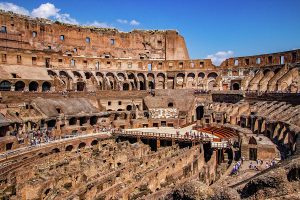
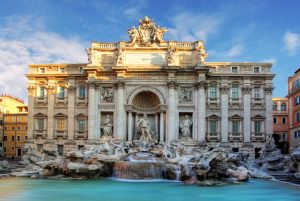
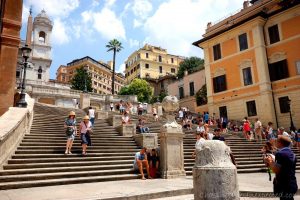
Link: https://www.livitaly.com/20-fun-facts-about-rome/
Links: https://www.isolatedtraveller.com/amazing-facts-about-rome/cts-about-rome/
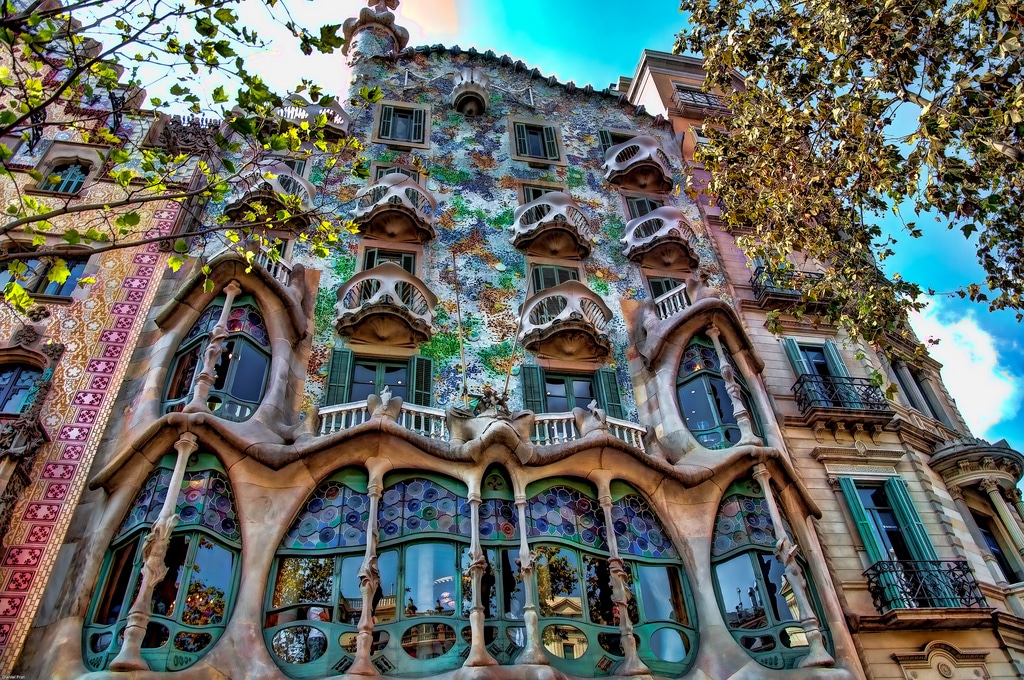
Barcelona – The Hip City
Barcelona, the cosmopolitan capital of Spain’s Catalonia region, is defined by quirky art and architecture, imaginative food and vibrant street life. It has medieval roots, seen in the Gothic Quarter, but a modernist personality represented by architect Antoni Gaudí’s fantastical Sagrada Família cathedral. Its restaurant scene ranges from fine dining to tiny tapas bars. Barcelona’s to-do list is as plentiful as its sunny days.
Barcelona is defined in 03 zones. Each area has its wealth of historic buildings, fine art, iconic parks, performing arts spaces, and so much more.
Zone 1: Port Vell, La Rambla, El Raval, La Ribera, Placa de Catalunya, Barri Gotic
Zone 2: Eixample, Modernisme, Gaudi
Zone 3: Diagonal, Pedralbes
Below, our list of the very best things to do in Barcelona for when it’s time to go back.
LA SAGRADA FAMÍLIA, Antoni Gaudí’s unparalleled Unesco-listed monument inspires awe by its sheer verticality, it’s still under construction. Work began in 1882 and is hoped to be completed in 2026, a century after the architect’s death.
CATEDRAL DE BARCELONA or Cathedral of the Holy Cross and Saint Eulalia, housed some 2,000 years a Roman temple.
CASA BATLLÓ, called the “House of Bones” created by Antoni Gaudi and influenced by nature and has no straight lines (because they don’t exist in nature, as per Gaudí), stone pillars that contort like animal bones, and a tall ocean-blue stairwell.
PARK GÜELL is an almost make-believe landscape, home to Barcelona’s famous mosaic lizard—the image on a thousand postcards—plus spiral towers that look like fairground slides. The park is now a UNESCO World Heritage Site.
PARC DE LA CIUTADELLA, is Barcelona’s urban “green lung” of 280,000m2. It holds the: Catalan Parliament, Zoo, fountain, museum, small lake for rowing boats, Triumph Arche, century-old trees and abundant flora, sculptures.
PARC DEL LABERINT D’HORTA, its labyrinth is definitely the standout feature, a maze made of elaborate swirls of thick foliage.
LA BOQUERIA, Barcelona’s oldest market since year 1217, with more than 200 stands united like a foodie’s choir: traders’ shouts, the clink of glasses, welcome greetings sung out (“holaaaa”).
LA RAMBLA, Barcelona’s most famous street and its one of the main arteries of the city — is nearly one-mile (1.2Km) pedestrianized boulevard from PLAÇA CATALUYNA to PORT VELL. It is still the strolling route for the city’s visitors offering the charm of the old-school florists, gelaterías, and candy stalls offering bites of crema catalana along the way.
SANT PAU ART NOUVEAU SITE, built by the legendary Modernist architect Lluís Domènech i Montaner featuring Catalan Art Nouveau with extravagant domes, stained glass windows, epic pillars; with grounds scented by the medicinal fragrance of lavender, laurel and lemon. It was designed as a hospital that could heal by the power of its aesthetics.
BARCELONETA is a traditional district of Sailors & fishermen and 5km stretch of beaches. Millions of tons of sands were pumped onto 02 miles of shoreline lifting Barcelona into the rank of the world’s great beach cities.
CAMP NOU, Barcelona Football Club Stadium (largest in Europe and the 2nd biggest stadium in the world)
The “Kiss” Mural
EXPIATORI DEL SAGRAT COR or Sacred Heart church and the Tibidabo mountain
SANTA MARIA DEL MAR
PICASSO MUSEUM
OLYMPIC VILLAGE at the Sea Front: Water Sports, Discotheques, Bars …a place in effervescence
MONTJUIC is a mountain inside the city. A true bowl of Air. Hillsides covered with flowers, exotic trees & giant Cactus. The luminous fountains of Gaieta Buigas created magic environment.
LA RIBERA is a small village in the city, a very Authentic one. It forms with Barrio Gotico the Old City. (You can see Violin Makers, Glass Makers & Designers. Pensioners play cards, young people discuss at the edge of the fountain).
MONTSERRAT, the sacred saw-toothed Montserrat Mountain Range; its Monastery and 16th century Renaissance Basilica where you will view La Moreneta, known as the Black Madonna, the Patron Saint of Catalonia and a pilgrimage site.
| EIXAMPLE:
La Casa Calvet Monument – Gaudi Passeig de Gracia Monument Museu de la Musica La Casa Mila Monument La Manzana de la Discordia (Casa Ileo Morero, Casa Batllo, Casa Amatller) Tapies Foundation Museum Avinguda del Tibidabo Monument Park Guell
|
RAMBLAS:
Placa Catalunya Monument Church Betlem Monument Palace Virreina Monument Boqueria Market Grun Placa Reial, Royal Square Maritine Museum (Av. De les Dressanes) |
| BARRIO GOTICO:
Cathedral Santa Creu La Placa Sant Jaume Center Excursionist of Catalunia Barcelona City Museum La Placa del Rei Frederic Mares Museum Placa Nova Placa del Pi
|
EL BORN:
Music Palace Picasso Museum Textile Museum Santa Maria del Mar El Passeig del Born (nightlife, bars, the Miramelindo Bar remains unchanged since years) Maeght Galery |
| RAVAL:
Palau Guell Monasteri Sant Pau del Camp Hospital de la Santa Creu Barcelona Contenporary Culture Center Boqueria Market
|
SEA FRONT:
Christopher Columbus 60m Monument Church of La Merce Moll d’Espanya |
| MONTJUIC:
The Spanish Village National Catalan Art Museum (MNAC) Sant Jordi Palace Calatrava tower (Telecommunications Tower) Olympic Stadium Joan Miro Foundation Montjuic Castle
|
|
DID YOU KNOW?
1. Millions of tons of sands were pumped onto 02 miles of shoreline lifting Barcelona into the rank of the world’s great beach cities.
2. 7 out of 9 UNESCO WORLD HERITAGE SITES in Barcelona waere created by Antoni Gaudi, called God’s Architect. And they are:
1) Casa Vicens
2) Palau Guell (La Rambla)
3) Casa Battlo (Passeig de Gracia)
4) Casa Mila
5) Park Guell
6) Nativity façade and Crypt of La Sagrada Familia
7) Crypt in Colonia Güell
Links:
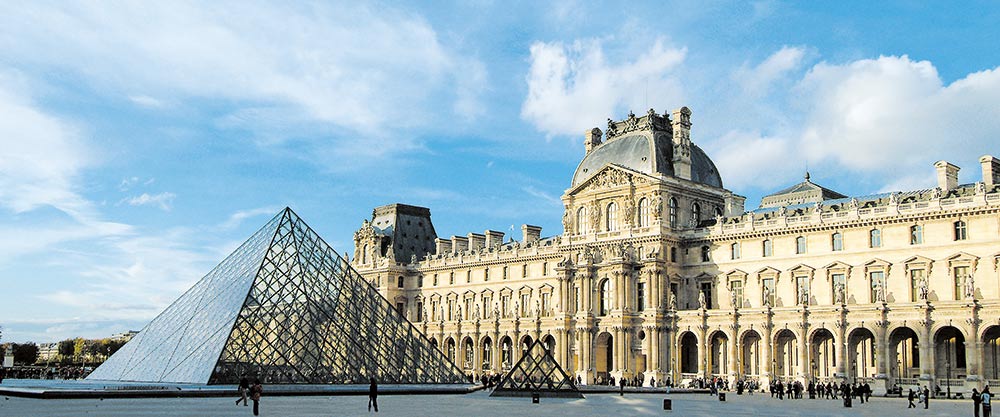
Musee du Louvre was originally commissioned as a fortress. In 1793 it opened its doors as a museum.
In 1682, Louis XIV moved the royal court to the Palace of Versailles.
In 1797, Napoleon raided Italy’s monasteries and churches and brought back artwork …mainly the masterpiece Veronese’s “Wedding Feast at Cana” and had to cut it in half as it was more than 700 square feet.
In 1882, Ecole du Louvre was founded and it is the training ground for future curators and excavators.
In 1911, the Painter Pablo Picasso was accused of stealing the Mona Lisa from the Louvre.
During the German occupation, the Louvre moved around 4,000 artwork to Château de Chambord.
The Ministry of Economy occupied the building until the President Francois Mitterand dedicated the entire space to Arts.
It will take you 200 days to see each of the 35,000 works of art on display.
Did you know that the museum has roughly 550,000 works, most of which it keeps locked up in storage.
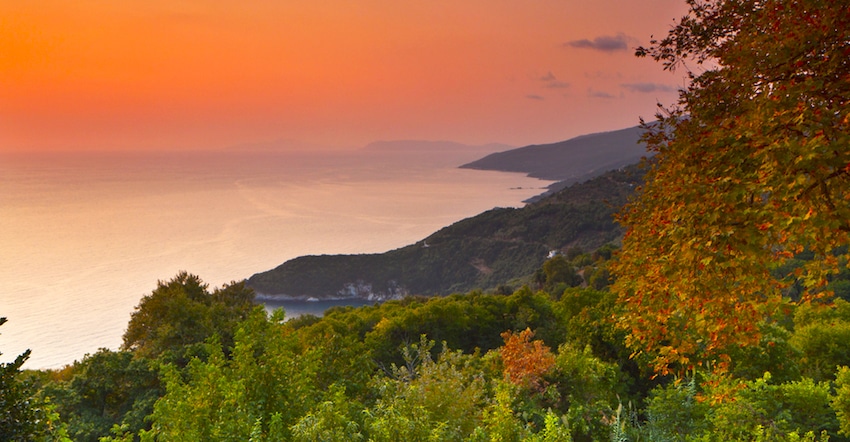
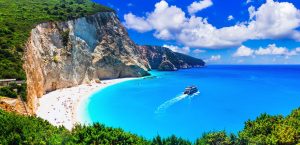
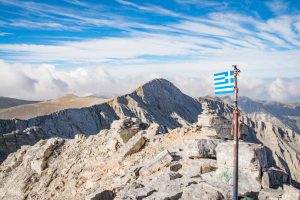
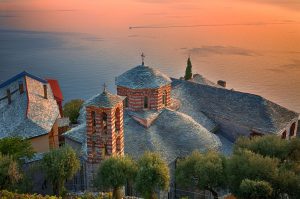
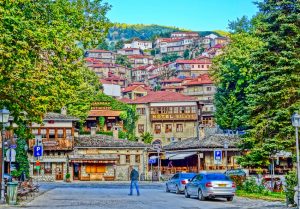
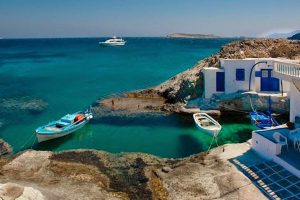
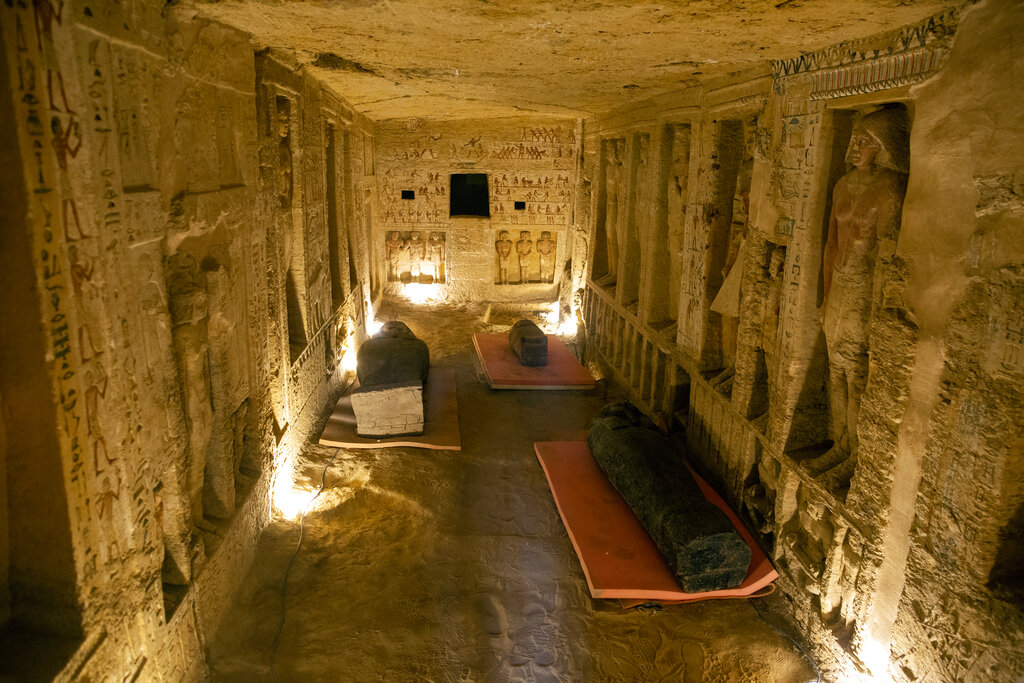
For Archaeologists aficionados
Egypt tomb: Sarcophagi buried for 2,500 years unearthed in Saqqara, The Largest Discovery of its kind.
A total of 27 sarcophagi buried more than 2,500 years ago have been unearthed by archaeologists in an ancient Egyptian necropolis.
They were found inside a newly-discovered well at a sacred site in Saqqara, Unesco World Heritage Site, south of the capital, Cairo.
13 coffins (completely closed and haven’t been opened since they were buried) were discovered earlier this month… and more than 100 painted coffins sealed and intact, and were found along with funerary masks, canopic jars—used to store mummified internal organs—and statues, says Khaled El-Enany, Egypt’s minister of tourism and antiquities. The discovery included mummified cats, crocodiles, cobras and birds.
The collection will be sent to the Egyptian Museum, the Grand Egyptian Museum, the National Museum of Egyptian Civilisation and the New Administrative Capital Museum.
Netflix streamed a 113-minute documentary on October 28th & released it globally in 190 countries with over 30 subtitles and dubbed into English. Secrets of the Saqqara Tomb follows the decoding of the tomb of an Old Kingdom priest Wahtye, unopened for 4,500 years, and the excavation of five shafts to uncover an ancient mystery. The film offers a window into the lives – and deaths – of one man and his family.
Link: https://www.bbc.com/news/world-middle-east-54227282
Watch the Excavation: www.facebook.com/watch/?v=770515713506311
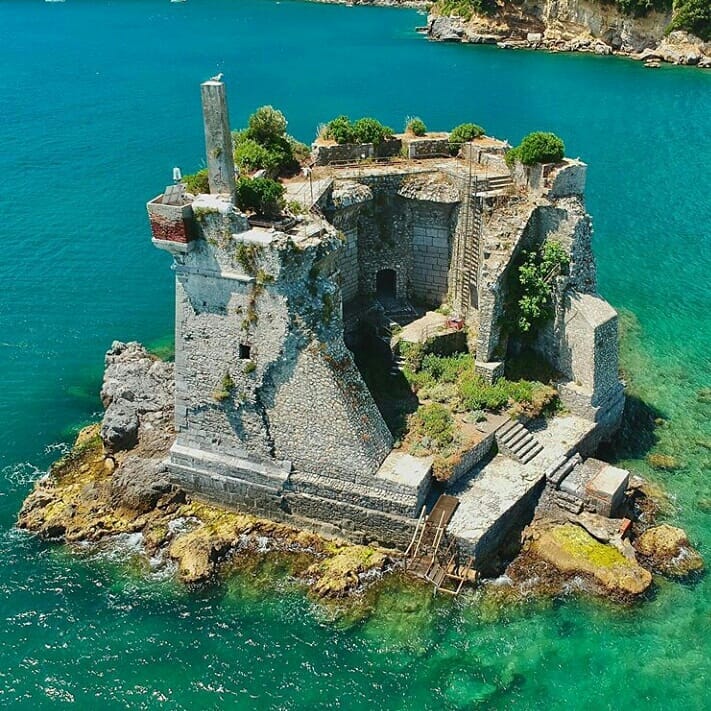
Article from CondeNast (cntraveller).
“Italy’s great art cities attract millions of visitors each year, and quite rightly so. But this extraordinarily diverse country is stuffed with glorious, lesser-known destinations, many of which lie well off the beaten tourist trail. This is our choice of some of the best small towns and villages covering sleepy, sun-drenched fishing communities, splendid bastions of the Baroque and medieval hilltop set-pieces. Efforts will be rewarded by fabulous food and wine, warm hospitality and a sense of having discovered something a bit different”.
My pick:
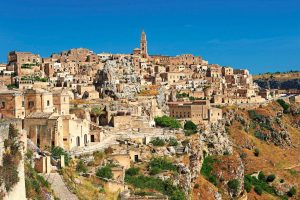
MATERA, BASILICATA
It’s difficult to believe that Matera, located in the little-visited region of Basilicata and now glowing from its 2019 stint as European Capital of Culture, was one of western Europe’s most deprived towns until the 1950s. Designated a UNESCO World Heritage Site, the honeycomb of ancient troglodyte dwellings (sassi) that lies below the honey-hued medieval town is now largely restored and occupied by galleries, restaurants and hotels. But to get an idea of what cave living must have been like, you can visit the fascinating Casa Grotta di vico Solitario, or even sleep in one if you don’t mind windowless rooms.
STAY: Sextantio Le Grotte della Civita, sextantio.it
EAT: Dimora Ulmo, dimoraulmo.it
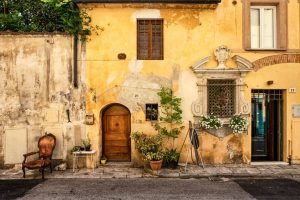
PIETRASANTA, TUSCANY
Lying just inland from the wide strip of lido-occupied beaches that fringe the Versilia coastline north of Pisa and backed by the majestic, marble-rich Apuanian Alps, mellow old Pietrasanta has long been home to a vibrant community of artists and sculptors, its bronze foundries and marble studios attracting the likes of Mitoraj, Botero and Henry Moore. It is dozy off-season, but busier in warmer weather when a cool, arty crowd drifts up from the coast to explore its galleries and independent boutiques and sip Campari spritz in the lovely Piazza del Duomo.
STAY: Albergo Pietrasanta, albergopietrasanta.com
EAT: L’Enoteca Marcucci, enotecamarcucci.it
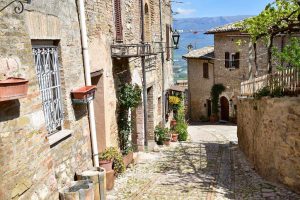
MONTEFALCO, UMBRIA
In the wine world, the charming little medieval hilltown of Montefalco is synonymous with Sagrantino, the full-bodied and highly prized local red wine, its vines turning the surrounding hills deep russet-red just before the grape harvest. Known as ‘the balcony of Umbria’ because of its far-reaching views, the town has five entrance gates, each of which leads, via a cobbled lane, up to the round-ish central piazza. Don’t leave without tasting the wine and seeing Benozzo Gozzoli’s exquisite 1452 fresco cycle depicting the life of St Francis in the Convento di San Fortunato.
STAY: Palazzo Bontadosi, hotelbontadosi.it
EAT: Coccorone, coccorone.it
To read more, click on the link: https://www.cntraveller.com/gallery/prettiest-small-towns-italy
https://www.cntraveller.com/gallery/beautiful-pictures-of-italy
